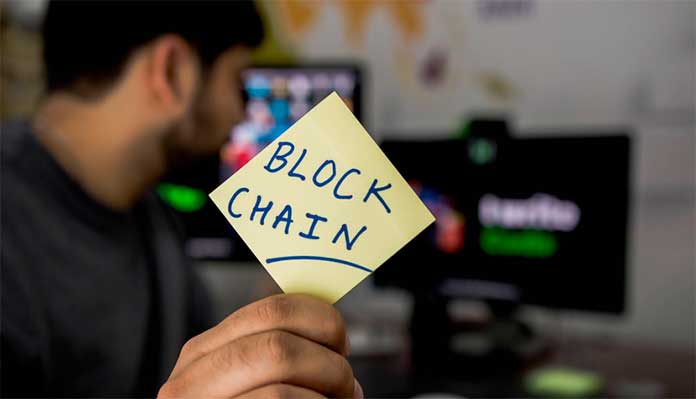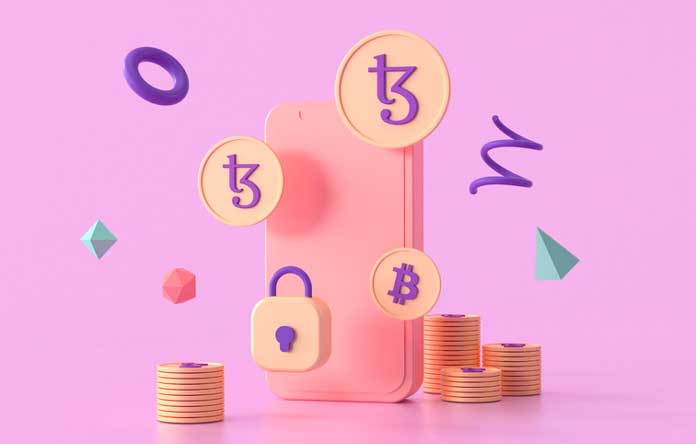There are two main ways that come along with specific barriers to entering the blockchain-powered DeFi ecosystem for each individual or organization.
The first is to have an ERC-20 token, which requires you to trade your crypto for a different ERC-20 token at a fiat currency exchange, altering the asset allocation in your account and the associated risk profile. One solution is using the pTokens dApps, which allows you to exchange your crypto token for its appropriate representation on blockchains such as Ethereum, Binance Smart Chain, or Arbitrum. The second is to pay the high transactional fees on the Ethereum blockchain to participate in the DeFi market.
However, while Ethereum’s blockchain is undertaking infrastructure upgrades, a wide range of Layer 2 extensibility alternatives are going live and attracting a share of the DeFi market, increasing the value of wrapped tokens.
So, have you heard about wrapped Bitcoin and tokens? If not, continue reading below; we’ll go through the solutions these coins offer for entering the DeFi ecosystem and skipping the barriers mentioned above.
What Exactly Are Wrapped Tokens?
In a nutshell, each wrapped Bitcoin or token is linked to the value of an underlying coin. The original asset is held in a highly secured sandbox while the wrapped form is published on a host blockchain.
When pNetwork changes pBTC, it becomes a wrapped token of BTC, allowing users to access the DeFi ecosystem while still retaining BTC. There are now 44 cryptocurrencies that can be wrapped into pTokens if you have another cryptocurrency.
What Is The Function Of pNetwork’s Wrapped Tokens?
Let’s keep utilizing pNetwork’s wrapped Bitcoin (pBTC) on Ethereum’s blockchain as an example. In that instance, pBTC is an ERC-20 token with a 1:1 value peg to Bitcoin, allowing anybody to utilize BTC on the Ethereum network.
Wrapped crypto tokens are often accompanied by a mechanism that keeps an identical quantity of the assets as the wrapped number. In this situation, pNetwork maintains a 1:1 peg, requiring it to keep one BTC for every one pBTC created.
This is how the wrapping procedure looks:
- Anyone may contribute BTC into a dedicated bitcoin deposit address, and pNetwork will mint an equivalent value of pBTC on Ethereum (or another supported network).
- When the deposit is validated, the pNetwork system mints pBTC on the Ethereum network in the amount of BTC deposited.
- Furthermore, as a component of the unwrapping process, everyone with pBTC can convert them to BTC by utilizing the pTokens dApp. When a redeem request is recognized, the pNetwork system burns the appropriate quantity of pBTC and releases the BTC from reserves.
Why Are Wrapped Tokens Necessary?
Before reading this piece, you must have considered utilizing the wrapped form of your Bitcoin on the Ethereum network, but you couldn’t, right? Because these two blockchains were created at separate periods and with distinct features, this is theoretically impossible without the assistance of bridges such as those created by pNetwork.
The Bitcoin blockchain has no idea what is going on with the Ethereum blockchain. Without a connection like pNetwork, cross-chain usage is impossible. However, if you hold wrapped tokens such as pTokens, you will be able to connect to more blockchains and profit from their capabilities.
In this situation, the most important reason to utilize pTokens is to rapidly and easily access the DeFi ecosystem and use them in yield harvesting, loans, staking, and other services.
Although the majority of DeFi initiatives are based on the Ethereum blockchain, they are fast-growing to include other network technologies. The efforts of the pNetwork to produce pTokens are targeted to as many as 11 separate blockchains (as of October 2021).
Three Benefits Of Wrapped Tokens
There are three advantages of utilizing wrapped tokens such as pTokens:
- Utilize non-native currencies on any other blockchain. Even if certain blockchains have their token standards (for example, Ethereum’s ERC-20 or BSC’s BEP-20), such specifications cannot be shared between blockchains. Wrapped tokens enable the usage of non-native tokens on other blockchains that support smart contracts.
- Improve the liquidity of isolated blockchains. Wrapped tokens have the potential to increase liquidity and resource utilization on decentralized exchanges. The ability to wrap leftover assets from one blockchain and use them on another will aid in connecting previously segregated blockchain liquidity.
- Better transaction times and fees. Although Bitcoin has several fantastic features, it may be sluggish and expensive to use at times. When utilized on Layer 2 platforms such as Polygon or Arbitrum, the pNetwork’s wrapped version (pBTC) provides faster transactional times and reduced costs.
WBTC is another wrapped token linked to BTC’s value, with the most Bitcoins secured. WBTC (Wrapped Bitcoin) is an ERC-20 token with a 1:1 peg to Bitcoin that was the first wrapped token issued and collaborates with many businesses that generate and burn WBTC tokens. BitGo is the custodian that has the keys to BTC to mint WBTC tokens.
Final Words
We hope this guide helped you better understand wrapped tokens. So, if you own Bitcoin or any other cryptocurrency constructed on a different blockchain than the one supported by pNetwork (or its scaling solutions), grab yourself some wrapped Bitcoin equivalents via pTokens and join the DeFi ecosystem now.
Press releases or guest posts published by Crypto Economy have sent by companies or their representatives. Crypto Economy is not part of any of these agencies, projects or platforms. At Crypto Economy we do not give investment advice and encourage our readers to do their own research.







